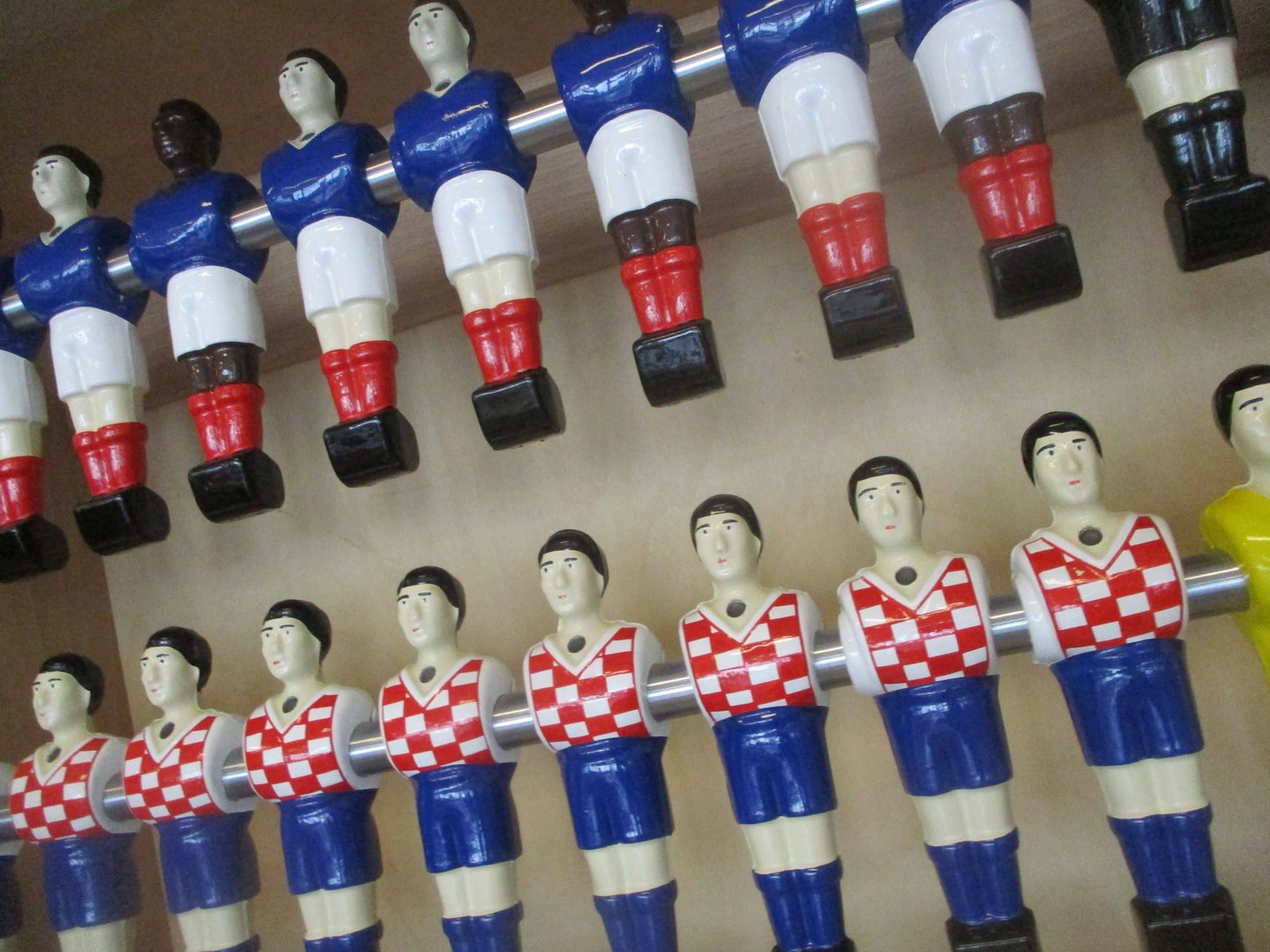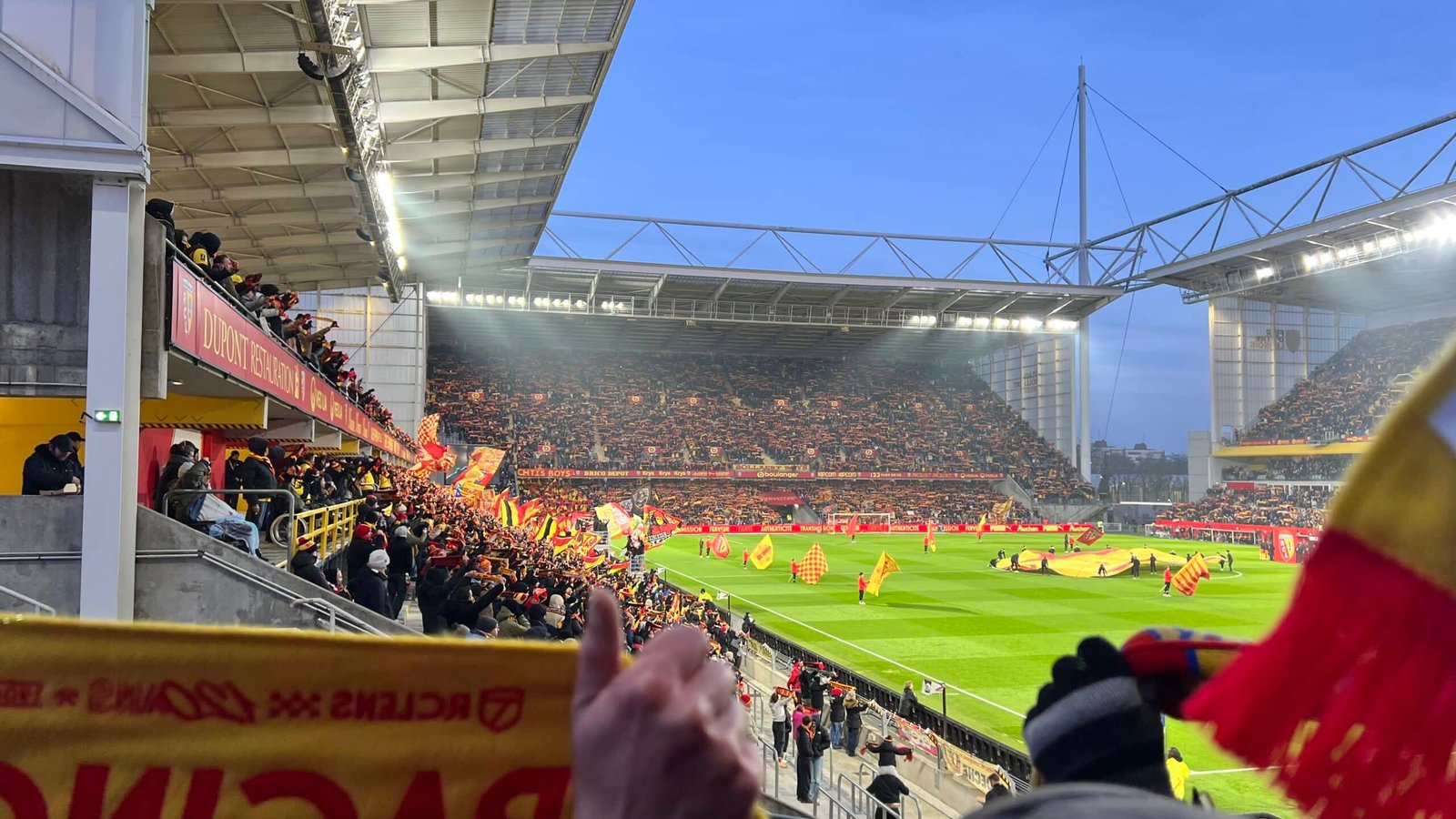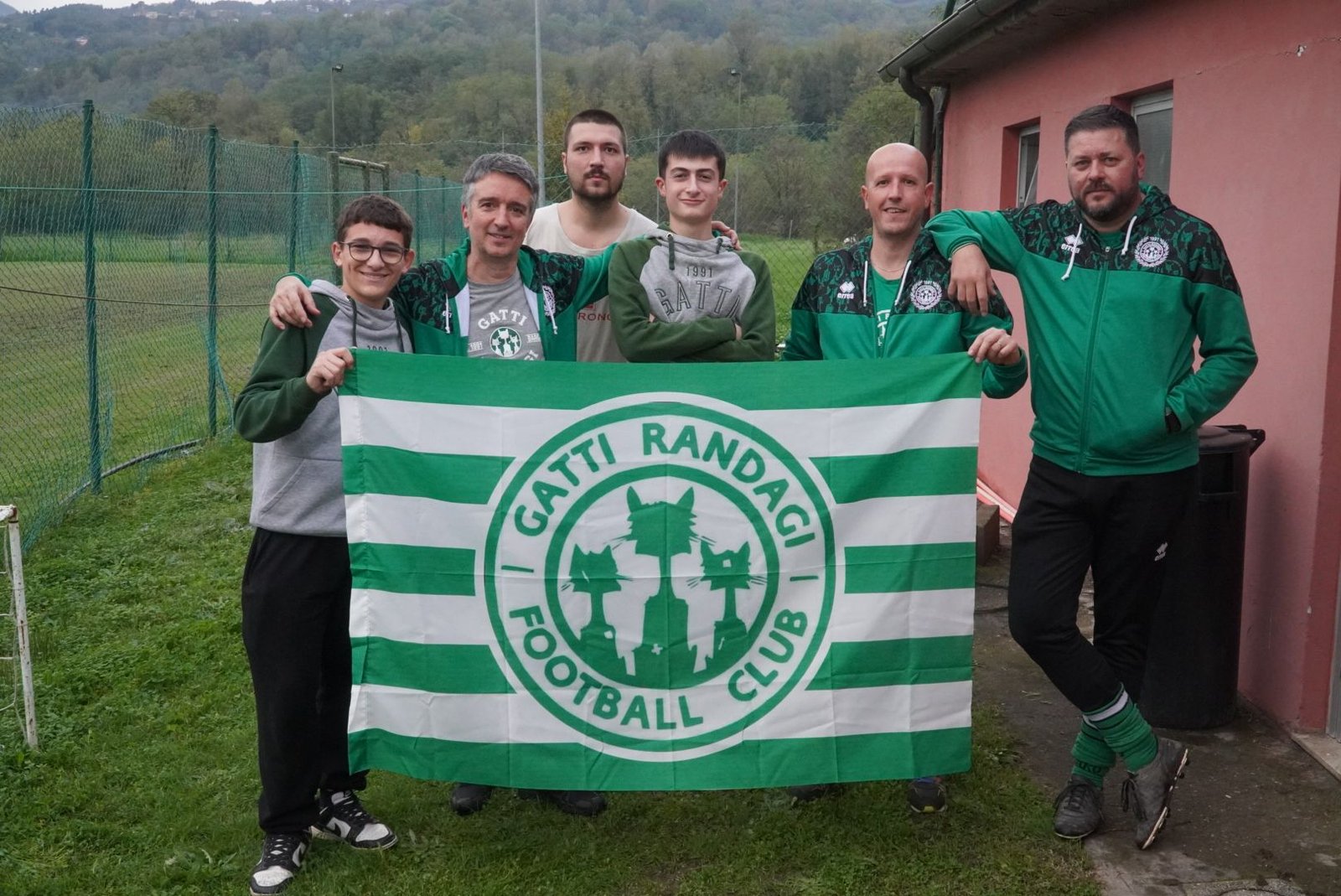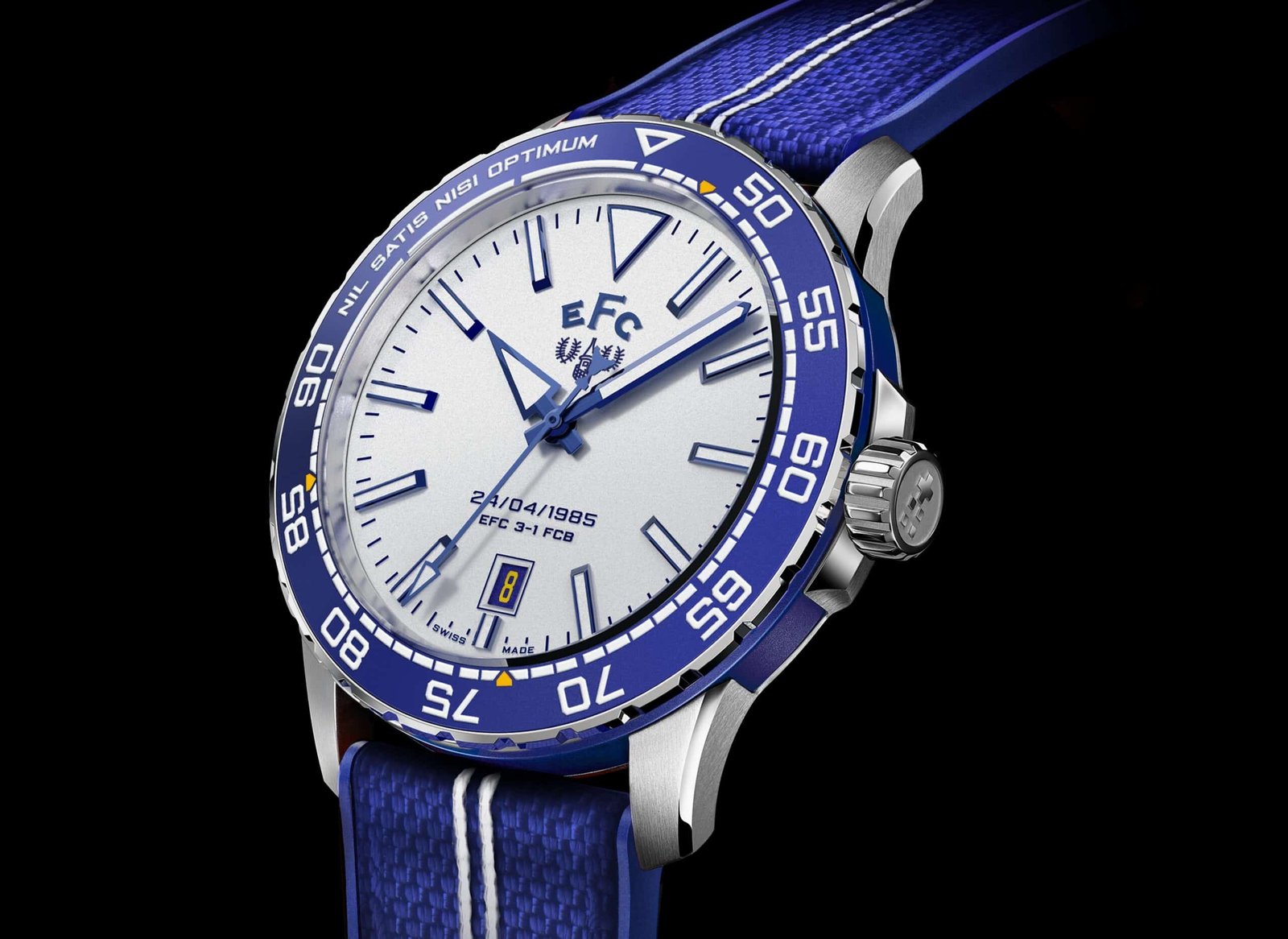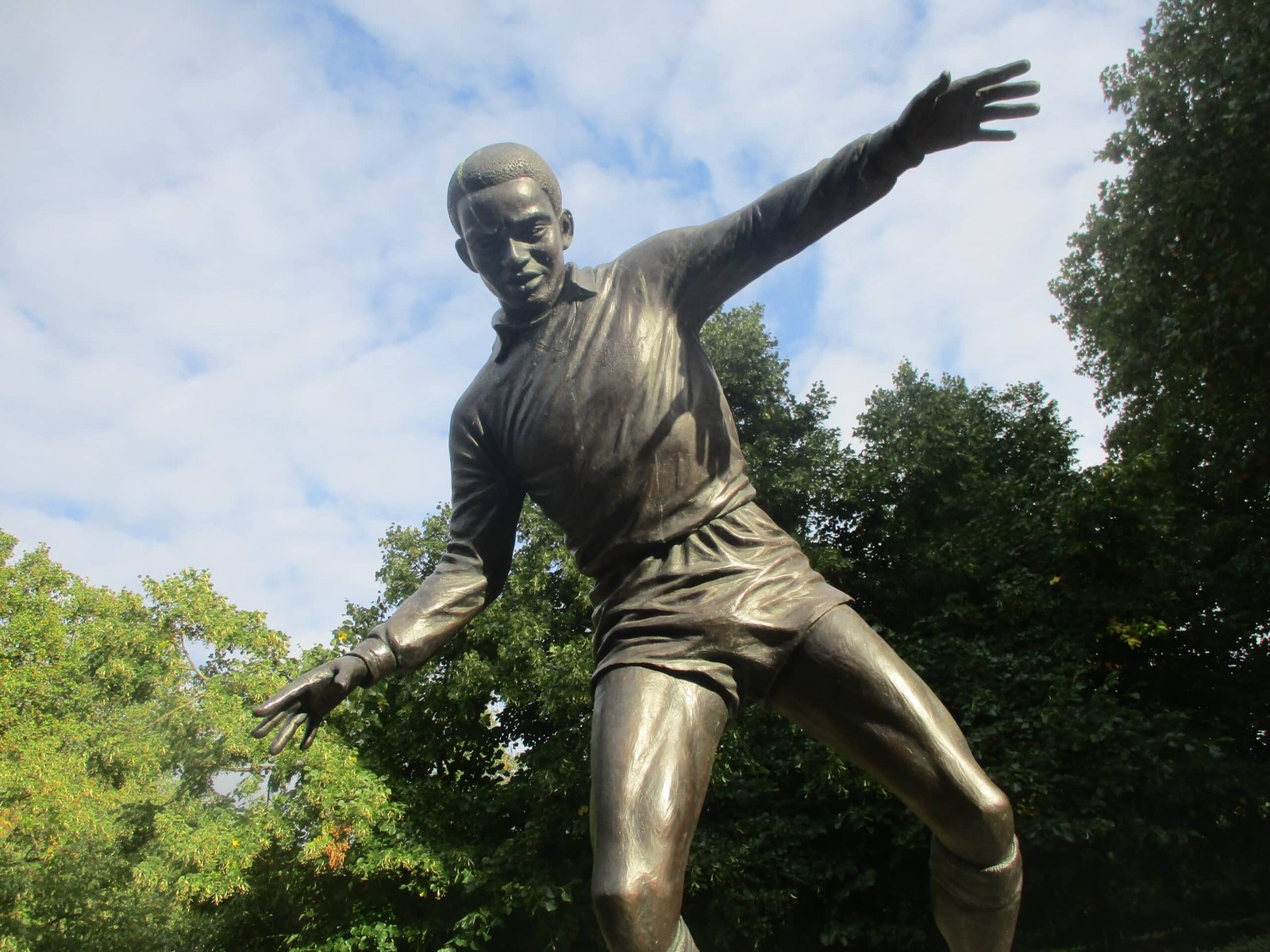Universally loved even in an age of screens, this timeless pastime has fascinating origins
Like electricity, table football has many fathers. It also has many names. What the French know as baby-foot, the Spanish revere as futbolín, whereas the English call this universal pastime by its pig-iron basics.
For Americans, of course, it’s foosball, derived from its German moniker for reasons we will later discover. Hungarian linguists, meanwhile, are a loss to explain the etymology (or, indeed, agreed spelling) of the word csocsó, and yet tables are found in as many bars in Budapest as Barcelona.
Their presence in the public sphere owes as much to local bar culture as it does to the location of the game’s creation. While three men on either side of the Channel and the Pyrenees are invariably credited with inventing table football, its natural habitat is a lively continental café.
Indeed, it was precisely this milieu that the wonderful Café Kick wished to recreate when it burst onto the scene in the London of the mid-1990s, amid Cantonamania, Euro 96 and Football Italia. Still located on Exmouth Market, Café Kick filled a gap, then doubled down by launching Bar Kick in hip Shoreditch.
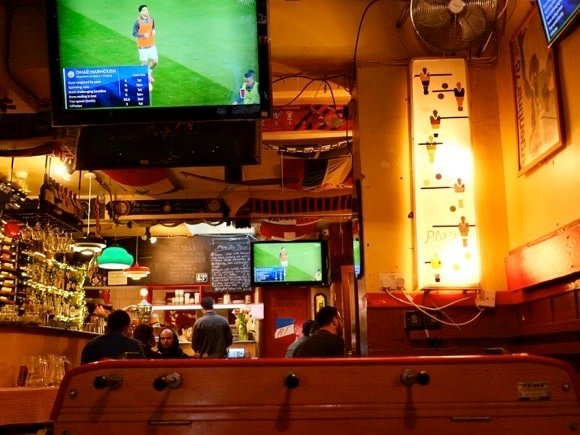
Until then, anchored by age restrictions, dismal social mores and draconian opening hours dating back to the Great War, pubs offered pastimes practised by beer-bellied ale drinkers, shoving ha’pennies and thudding darts into boards. Cool, they were not.
No wonder, then, that the Englishman who should be given sole credit for inventing table football – Harold Thornton of Crouch End – is always bracketed with his two continental counterparts of roughly the same era. This loyal Tottenham supporter may have been the first to patent the game in 1923, his description of its mechanics almost Elizabethan in its tone, but popularising it was another matter.
This was a fast-moving, all-action recreation of the thrill he got every time he went to White Hart Lane – it should have sold like hotcakes. Instead, pubs were simply not equipped for, nor receptive to, its introduction. Most family homes were simply too cramped, their minimal communal space usually dedicated to the weekly appearance of a tin bathtub.
So, to France, the spiritual home of baby-foot. After all, Bonzini tables are considered the Dom Pérignon of the industry. Set up in 1927 by an Italian carpenter of the same name, Bonzini began to make tables at its workshop in Bagnolet, just east of Paris. By 1935, he had crafted their sleek look and honed their precise mechanics sufficiently for their first public appearance.
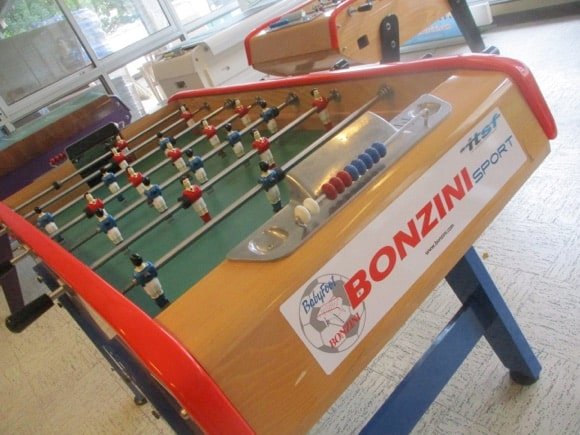
But it was Signor Bonzini’s nephew, Raymond Bergaglia, who transformed the Bonzini brand, introducing telescopic rods to the B53 model in 1952, and fashioning the stylish yet sturdy, coin-operated B60 of 1959. As they swept the nation, it was calculated that of the 250,000 (!) cafés in France with a baby-foot table, 95% of them were Bonzini B60s.
A more iconic symbol of post-war France you could not imagine. The B60s later became one of the main brands used in the World Championships overseen by the Nantes-based International Table Soccer Federation. Adapted for coin-free use in the home, these models can be customised for drinks companies – canary yellow for Perrier, for example.
Manufacture still takes place in Bagnolet, tables lined up in the warehouse next door awaiting delivery around the world. Any visit to the showroom is a trip back to childhood, awash with exciting colours.
Strange, then, that the Gallic candidate for baby-foot inventor was a grey-faced engineer most commonly associated with bicycles, economical family cars and railway parts. When mention is made of Lucien Rosengart with regard to table football, it is as a kindly patriarch who devised the game for his grandchildren in the 1930s.
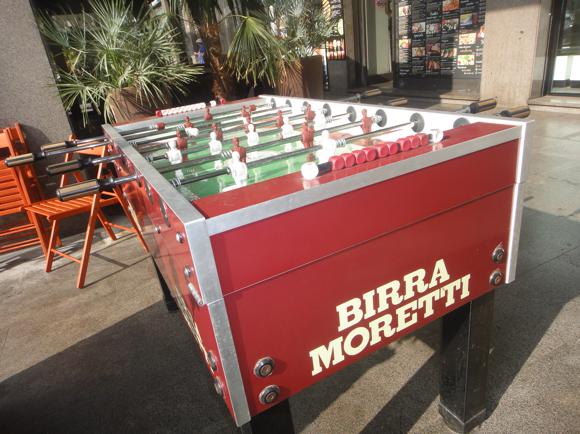
But Monsieur Rosengart had no grandchildren. His only son, Jean-Louis, born in 1932, suffered from mental illness and was hospitalised for much of his life. His mother, Virginia, was a rich American 24 years her husband’s junior. She had met the French inventor while driving one of his cars at the fashionable French resorts she flounced around with her actress mother.
The former Miss Emanuel had survived the Titanic disaster but failed to withstand the marriage to wily old Rosengart. She died in unexplained circumstances in 1936, the same year that the once wealthy manufacturer had fallen on hard times and was forced to transfer his company. Virginia Rosengart’s stately mausoleum in the Parisian cemetery of Père-Lachaise today stands empty and derelict.
If anything, the stories surrounding the Spanish claimant to futbolín immortality are even more fanciful – though less tawdry. The life of Alejandro Campos Ramírez was shaped by his birthplace, at the furthest tip of Spain, on the wild Atlantic coast of Galicia. His father, a Marconi graduate, was a radio and telegraph operator at Cape Finisterre. Alejandro took this name as his own, roaming the globe in pursuit of his political beliefs and literary obsessions.
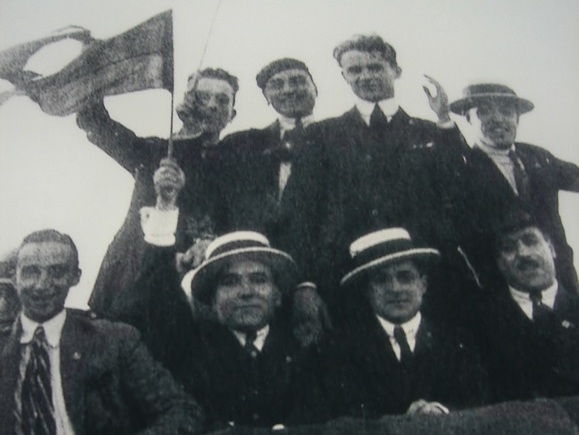
When still a teenager, Alejandro joined the Republican side in the Spanish Civil War, publishing pamphlets and magazines. This brought him into the orbit of anti-Fascist poet León Felipe from Zamora, home town of Alejandro’s revered maternal grandfather. They soon became lifelong compadres.
While Felipe joined the front line against Franco’s forces, Alejandro ‘Finisterre’ was caught up in the Nationalist bombing of Madrid. Pulled out of the rubble, he was taken to a specialist hospital in Montserrat, a secluded holy site in the mountains above Barcelona.
Surrounded by convalescing youngsters and wounded revolutionaries, it was here that Alejandro hit upon the idea of creating a game of football that everyone could play with little risk of injury, providing a ray of hope to the lame.
Sourcing metal rods from Barcelona and requesting a Basque carpenter to carve a table and teams of figurines, the Galician came up with a version of table football probably not dissimilar to the one created by Harold Thornton a decade or so before.

We should say here that it’s unlikely that the Spaniard, then 17, had seen the game, or anything like it, on his limited travels. Lucien Rosengart, however, spent several years mingling with the well-to-do sporting fraternity of France, in English-friendly retreats such as Nice and Deauville. He also had a long-term business arrangement with Austin cars of Longbridge.
Among the cast of Communist misfits in Montserrat was a savvy Catalan, a Trade Union boss from the soft-drink industry who knew the value of legal protection. Persuading Finisterre to seek a patent was one thing – arranging one in Franco’s Spain another. The young Galician’s quest would be a story in itself, involving perilous cross-border sorties over the Pyrenees into France from Nationalist Spain, a ruinous downpour and/or simply misplacing his papers.
A Catalan industrialist duly patented what would become known around Spain as futbolín, a billiard factory able to refashion parts of billiard tables to produce them at scale once demand rose with the post-war boom in soccer. The blaugrana of Barça and sleek white of Real, personified by Kubala and Di Stéfano, graced Spain’s newly built soccer temples and football tables. Barcelona soon had its own Club Futbolín.

Although details are sketchy of any royalty agreement, Finisterre was able to forget futbolín to follow his dreams of poetry and publishing, taking to the radio and editing magazines. A long trek around Latin America revived his enthusiasm for the game, however, discovering a firm in Ecuador that could produce better models. He also created table basketball.
His business interests may have been a cover for more clandestine activities. In Guatemala, Finisterre crossed paths with a figure who shared his political views and love of futbolín: Che Guevara.
As the CIA was helping to overthrow the government at the behest of local fruit barons, the pair would meet to work out strategies while twirling rods and practising trick shots. The Guatemalan authorities were not only keen on protecting their bananas, but also their slot machines, a state monopoly whose income Finisterre’s popular tables threatened.
Initially deported back to Spain, Finisterre later related how he had forced the pilot re-route the plane via Panama, thus becoming the first hijacker in history. As this somehow involved a bar of soap, we can probably take it with a pinch of salt. Fetching up, nevertheless, in Mexico, he published books, including fervent anti-Franco verse by his old friend, León Felipe.

On a visit to Spain, the globetrotting Galician was imprisoned by the old dictator, whose death allowed for his early release and further opportunity to travel in pursuit of poetry and table football. He died on February 10, 2007 in his spiritual home of Zamora, his ashes scattered into the Douro River that flows out into the Atlantic.
By way of tribute, the local council at the nearest town to Finisterre lighthouse, Fisterra, inaugurated an annual futbolín tournament for couples of all ages.
Neither Finisterre, Thornton nor Rosengart managed to crack the American market for the game they are all said to have invented. That honour belongs to a humble GI stationed in West Germany in the 1960s, Lawrence Patterson. Seeing table football‘s popularity, he had a Bavarian create a model for export.
Adapting the German word Fußball, Patterson started the foosball craze in the States, the serious prize money on offer elevating the game from bar-room pastime to lucrative vocation. The first Pac-Man then chomped up foosball in 1980 and video games swept the board.
Foosball tables can still be found everywhere, of course, just as you’ll find baby-foot in many a French café and futbolines all over Spain. How they got there is another matter.

